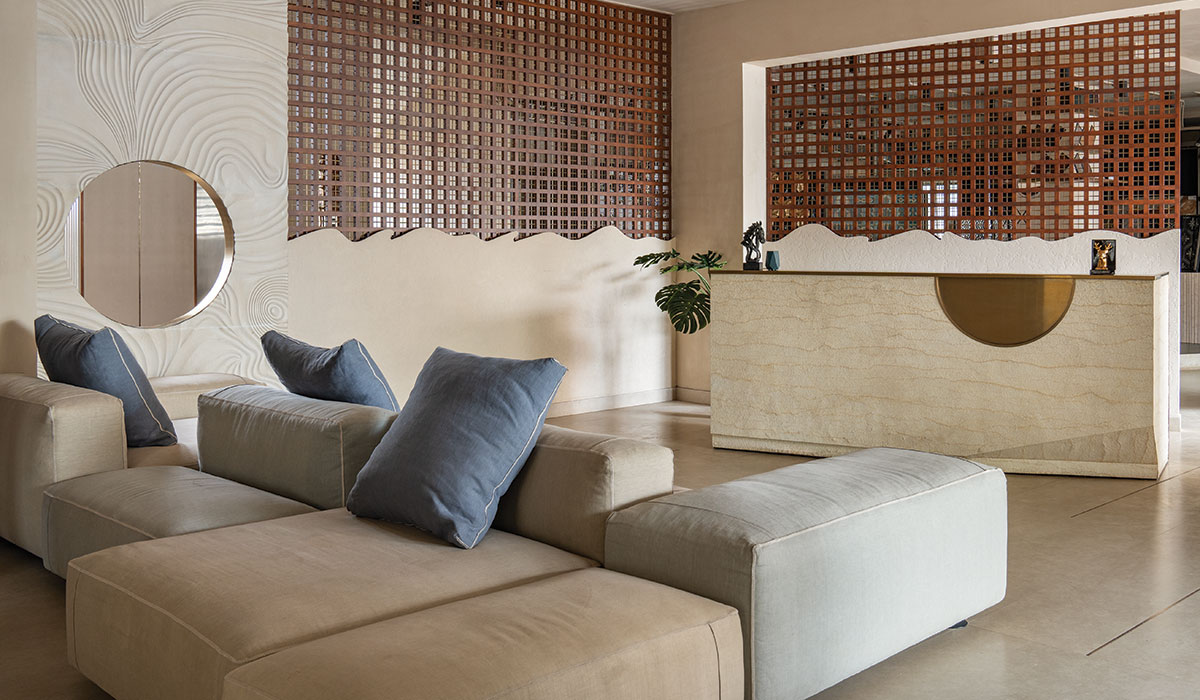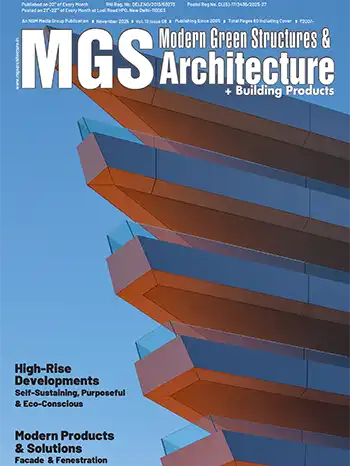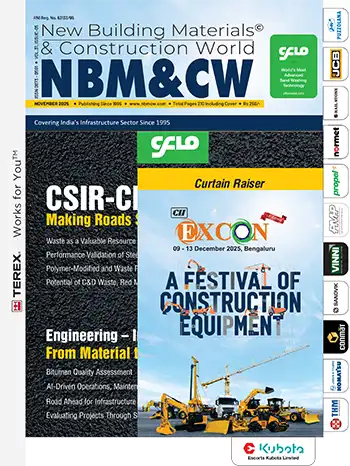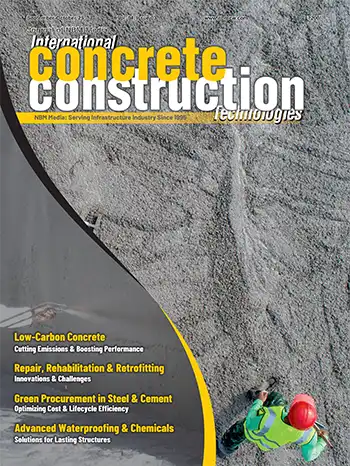The future of design lies in harmonizing heritage, innovation, and sustainability to shape spaces that respect the past, embrace the present, and inspire the future.
Swathy Sivaraman
Preserving cultural heritage is a vital aspect of sustainability. By incorporating eco-friendly materials like lime plaster, sandstone, low-VOC paints, and intricate stone and woodwork, we not only celebrate artisanal craftsmanship but also reduce the carbon footprint associated with industrial processes. There is a thoughtful blend of tradition and modernity that exemplifies how cultural preservation and sustainability can go hand in hand.

The integration of lifestyle automation is another significant trend. Smart systems that control lighting, HVAC, geysers, and water features help minimize energy consumption while enhancing convenience. These technologies, paired with passive design strategies like natural ventilation and biophilic elements, are redefining how we interact with our spaces.
Sustainability is also about circularity — designing for reuse and longevity. Materials are salvaged, furniture is crafted for disassembly, and spaces are envisioned to age gracefully. The shift from temporary trends to timeless solutions, combined with advancements in energy-efficient systems and renewable materials, highlights a deeper commitment to creating resilient environments.
















